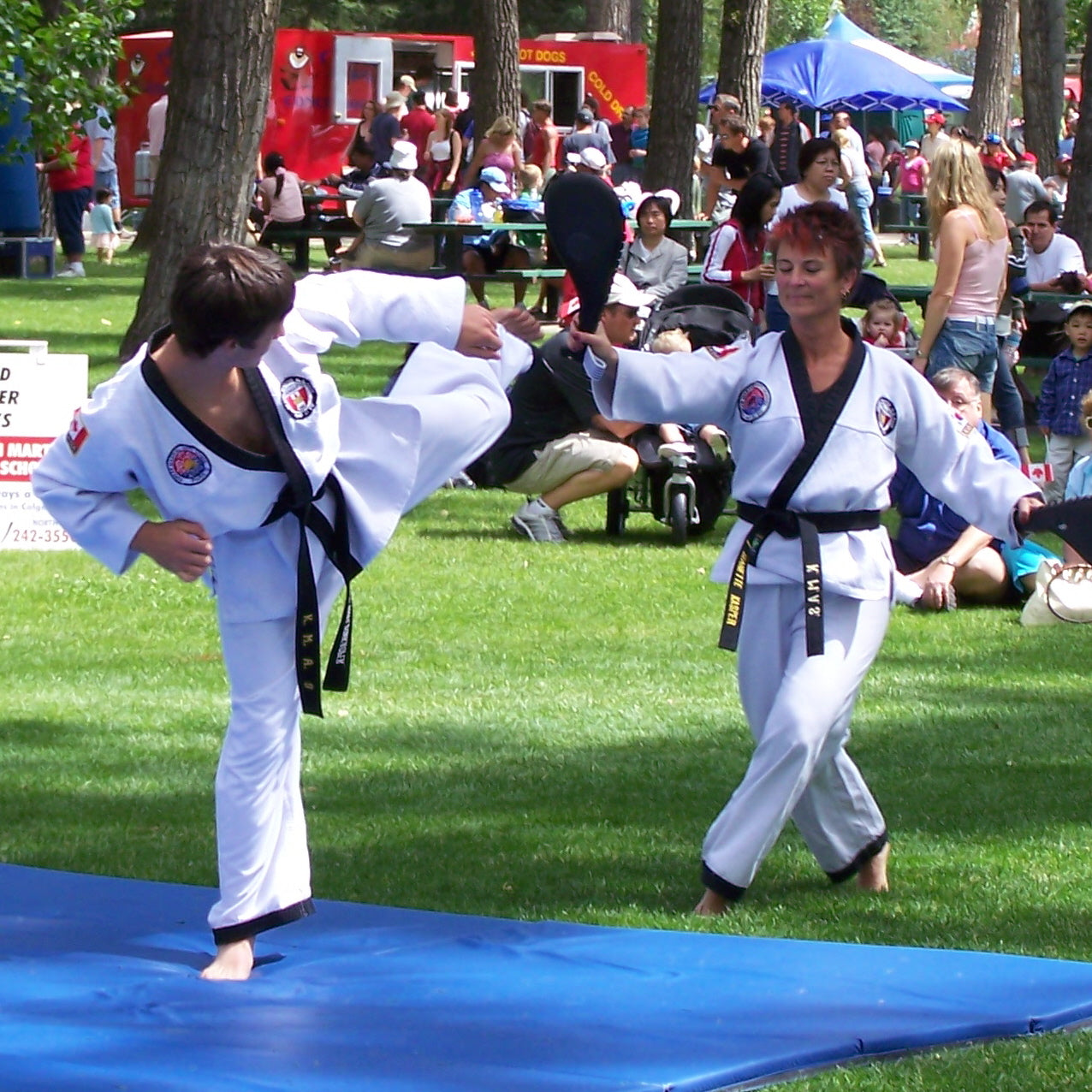Your Cart is Empty


The Korean Peninsula has spawned some of the world's most popular and recognized styles of martial arts, one of which being Taekwondo. However, it's also created some lesser known martial arts, including subak. While most people are familiar with Taekwondo, few know the concept of subak. Nonetheless, subak is a historically significant style of traditional Korean martial arts that are still practiced to this day.
What Is Subak?
Subak is a style of traditional Korean martial arts that follows the same teaches as taekkyeon. A typical subak match involves two participants who use their feet and hands to take down each other. Like other styles of Korean martial arts, subak places an emphasis on footwork. Practitioners perform a variety of kicks to both attacks their opponent and defend against their opponent's attacks. In addition to kicking, though, practitioners may also grab, punch and perform grapple techniques. Because it incorporates arm and leg techniques, subak is considered a complex style of martial arts.
Origins of Subak
Subak has origins dating back to Korea's Joseon Dynasty. According to Wikipedia, it first practiced in Hanyang, which is now the modern-day Seoul. It's believed that Song Duk-ki helped invent subak. In a book, he described seeing people perform it and explained its ability to bring the Korean kingdom together.
Towards the latter half of Korea's Joseon Dynasty, subark competitions became more and more popular. Cities would often host festivals during which hundreds or even thousands of people who compete in subak competitions. Reports indicate that participants of these traditional subak competitions who beat five opponents in a row -- meaning they didn't lose a single competition -- were allowed to take a short break to rest and recover before resuming the competition later. This paved the way for some truly exciting competitions, thereby helping to make subak a popular sport for spectators to watch.
Subak Today
Subak may lack the popularity and media attention of Taekwondo, but it's still a critically important style of traditional Korean martial arts. In 1983, the South Korean government listed Song Duk-ki -- one of the pioneers of subak -- as a living natural treasure, partly because of his influence in subak. Today, there remain several organizations that host and manage subak competitions, some of which include the Korean Traditional Teakgyeon Association (KTTA), the Korean Taekkyon Federation (KTF) and the World Widae Taekkyeon Organization (WWTO).